I can't speak for all manufacturers or all product lines, but I've worked as an applications engineer at Maxim Integrated Products for 25+ years.
You mention that the product in question is some kind of ADC, so there will be lots of internal adjustments performed after packaging, during the final test. (e.g. bias trim, reference adjustment, linearity, etc.) And that post-packaging final test program uses secret "test mode" commands, which are company confidential. (If you were a primary/strategic/key customer those might be available under NDA, but you'd be having that conversation with the business manager, not me.)
Decapping the chip out of a TSSOP and ripping it off of the leadframe (typically a conductive epoxy bond) will definitely subject the chip to mechanical stresses beyond its design limits. This will very likely degrade its performance, permanently. Modern IC design uses MEMS technology to relieve mechanical stresses which are internal to the package, those mechanical forces on the chip would otherwise degrade performance. If you're trying to get decent 20-bit (or even 12-bit) performance from an ADC chip, subjecting it to that kind of mechanical violence could ruin its linearity, making the whole exercise futile.
You might be able to get away with decapping a pure digital chip, but for precision analog I would strongly urge you to reconsider. I just now looked at our online product selector guide (precision ADCs) and found a few 12-bit/16-bit SAR ADC which are smaller than 4mm2 (the only requirement you mentioned). This includes WLP Wafer Level Packged parts, which is pretty close to bare die, but just a little bit nicer to deal with.
